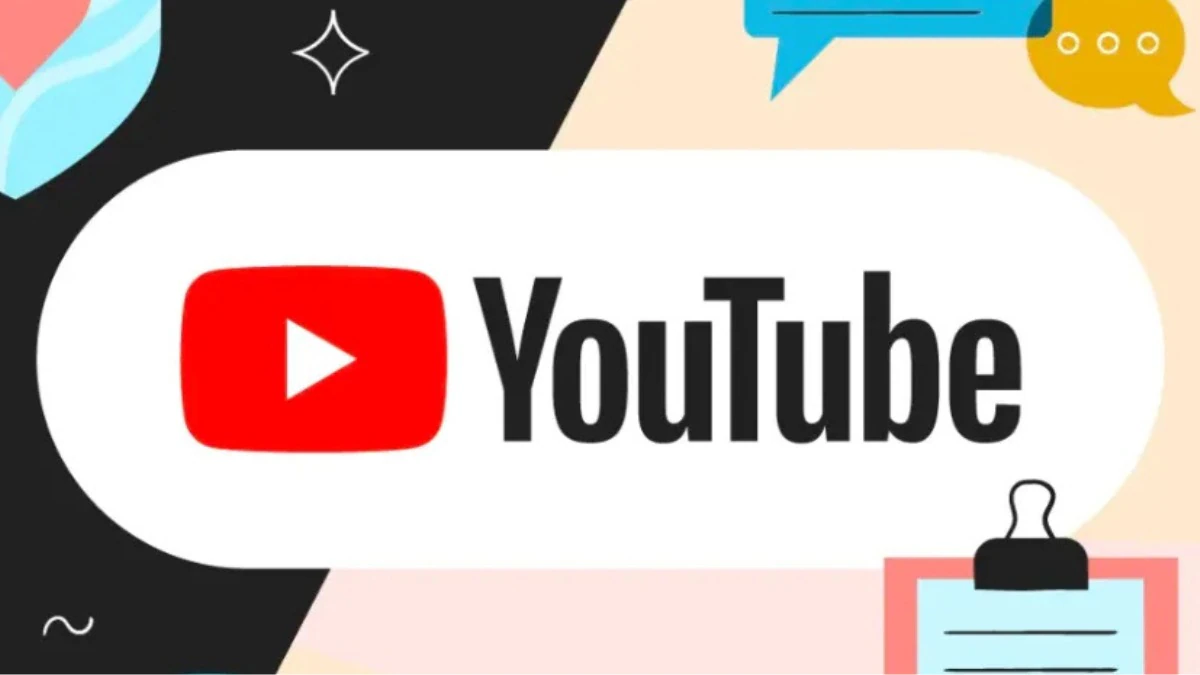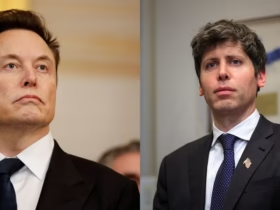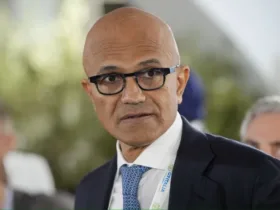YouTube, the world’s largest video-sharing platform, has announced a crackdown on misleading clickbait content in India. The updated guidelines specifically target videos with exaggerated or deceptive titles and thumbnails, which have become a growing issue on the platform. This policy shift is intended to promote transparency, ensure a better user experience, and protect the credibility of the platform, especially during an era when misinformation spreads rapidly online.
Let’s delve into the details of the new YouTube rules, their implications for content creators and viewers, and how this move could reshape the digital content landscape in India.
What is Clickbait?
Clickbait refers to the use of sensationalized or misleading titles, descriptions, and thumbnails designed to attract clicks. Such tactics often promise content that the video doesn’t deliver, frustrating viewers and damaging trust. While clickbait isn’t new, its prevalence has surged, especially in markets like India, where millions of new users join digital platforms every year.
Common examples of clickbait include:
- Titles that suggest breaking news or shocking developments, only to provide irrelevant or old information.
- Thumbnails showing sensational images unrelated to the video content.
- Promises of “exclusive footage” or “unbelievable content” that doesn’t appear in the video.
YouTube’s crackdown is focused on “egregious clickbait,” which refers to the most severe cases where users are blatantly misled.
The Scope of the New Rules of YouTube
The new rules aim to address specific types of content that rely heavily on sensationalism to drive views. YouTube will focus on:
- Misleading Titles and Thumbnails: Videos with titles or thumbnails that promise something different from what is in the video will be flagged and potentially removed.
- Fake News and Misinformation: Content spreading false or exaggerated claims about significant events, particularly those that could mislead or harm the public.
- Manipulative Tactics: This includes using urgency-based phrases like “BREAKING,” “MUST WATCH,” or “SHOCKING” to mislead viewers without delivering substantive content.
How YouTube Plans to Enforce the Rules
YouTube has outlined a phased enforcement plan to ensure creators have time to adapt. Initially, the platform will take the following steps:
- Warnings Instead of Strikes: Content violating the rules will be removed without issuing a formal strike against the creator. This grace period allows creators to adjust their practices.
- Focus on New Uploads: The rules will initially target videos uploaded after the new policy is implemented. Older content may be addressed in later stages.
- Monitoring and Feedback: YouTube will use a combination of human moderators and AI algorithms to identify and flag clickbait content. Creators will receive feedback to help them understand what constitutes a violation.
As the policy evolves, stricter measures—such as strikes or demonetization—could be introduced for repeat offenders.
Implications for Content Creators in YouTube
The updated rules mark a significant shift for content creators in India, especially those who rely on sensationalism to drive traffic. Here are some key implications:
1. Adjusting Content Strategies
Creators will need to ensure their titles and thumbnails accurately represent their videos’ content. This means:
- Avoiding exaggerated claims or promises.
- Using clear, truthful descriptions.
- Designing thumbnails that align with the video’s subject.
2. Building Viewer Trust
While clickbait might generate short-term views, it often leads to lower engagement and audience dissatisfaction. By following the new rules, creators have an opportunity to build a loyal viewer base through honesty and consistency.
3. Potential Revenue Impact
Creators who fail to comply risk losing monetization privileges. Videos flagged for clickbait may face limited or no ads, reducing revenue. On the other hand, creators who adapt to the rules could benefit from improved visibility and audience trust, leading to better long-term earnings.
Benefits for Viewers
For YouTube users in India, the crackdown on clickbait content promises a more reliable and enjoyable experience. Key benefits include:
1. Enhanced Credibility
Viewers can trust that the content they click on will deliver what is promised, reducing frustration and disappointment.
2. Reduced Misinformation
By targeting egregious clickbait, YouTube aims to curb the spread of false or misleading information, particularly during critical times like elections or emergencies.
3. Improved Discovery
With less clickbait cluttering the platform, high-quality content is more likely to be recommended and discovered, benefiting both viewers and genuine creators.
Challenges and Criticisms
While the new rules are a step in the right direction, they come with challenges:
- Subjectivity in Enforcement: Determining what constitutes “misleading” can be subjective. Creators may argue that their content was unfairly flagged.
- Impact on Smaller Creators: New or smaller creators who rely on eye-catching titles to compete with established channels may find it harder to gain visibility.
- Algorithmic Bias: YouTube’s reliance on AI to flag content raises concerns about errors and biases, potentially affecting legitimate creators.
To address these issues, YouTube has promised to provide clear guidelines and an appeals process for creators who believe their content was wrongly flagged.
YouTube’s Broader Efforts to Maintain Platform Integrity
This move is part of a larger effort by YouTube to combat misinformation and improve content quality. Other recent initiatives include:
- Fact-Checking Features: Adding information panels to videos discussing sensitive topics like elections or health.
- Content Moderation: Removing videos that violate policies on hate speech, violence, or harmful misinformation.
- Support for Quality Creators: Promoting authoritative sources and rewarding creators who consistently produce accurate, engaging content.
Why India is a Key Focus
India is one of YouTube’s largest and fastest-growing markets, with over 500 million active users. The platform plays a significant role in shaping public opinion and discourse, making it crucial to address issues like clickbait and misinformation. By implementing stricter rules in India, YouTube aims to set a standard for other regions facing similar challenges.
The Road Ahead
The new rules represent a turning point in YouTube’s approach to content moderation. For creators, they signal a shift toward greater accountability and transparency. For viewers, they promise a more trustworthy and enjoyable platform. However, the success of this initiative will depend on YouTube’s ability to enforce the rules fairly and effectively.
As India’s digital landscape continues to evolve, YouTube’s efforts to combat clickbait could serve as a model for other platforms grappling with similar challenges. Whether these measures succeed in improving content quality without stifling creativity remains to be seen. One thing is clear: the days of sensationalist, misleading content dominating YouTube may soon be over.








